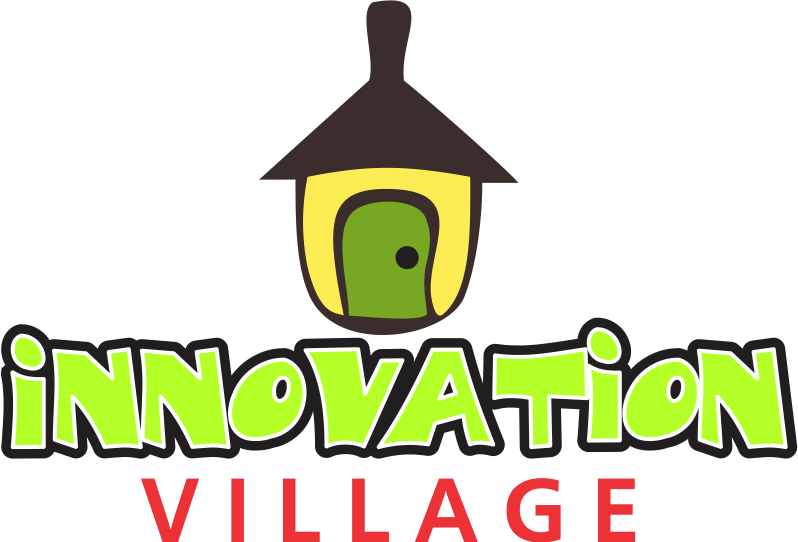OpenAI has officially launched a new way for developers to build and deploy interactive applications directly inside ChatGPT, transforming the chatbot into a full-fledged platform for productivity, creativity, and learning.
Announced at the company’s annual DevDay 2025 developer conference, the update introduces an Apps SDK — a toolkit that enables developers to create applications that users can access seamlessly within ChatGPT. Starting this week, users will be able to interact with apps from major brands like Booking.com, Expedia, Spotify, Figma, Coursera, Zillow, and Canva, all without leaving their ChatGPT conversations.
“We want ChatGPT to be a great way for people to make progress, to be more productive, more inventive, to learn faster, to do whatever they’re trying to do in their lives better,” said Sam Altman, OpenAI’s CEO. “Apps inside of ChatGPT will enable a new generation of apps that are interactive, adaptive, and personalized — that you can chat with.”
A New Ecosystem Inside ChatGPT
The introduction of apps within ChatGPT represents OpenAI’s latest step toward building a self-contained AI ecosystem. Previously, developers could publish custom GPTs through the GPT Store, but users had to discover and use them separately. With this new system, apps can now appear directly in ChatGPT’s responses, offering users a much smoother experience — and developers a larger audience.
For instance, users can say, “Figma, turn this sketch into a workable diagram,” or “Coursera, can you teach me something about machine learning?” to instantly activate those respective apps.
In one demo, Zillow’s app allowed users to search for apartments using natural language. ChatGPT then generated an interactive map showing relevant listings, allowing users to explore options conversationally.
The platform can also suggest apps proactively. If a user requests a party playlist, ChatGPT might automatically surface Spotify as a useful tool. OpenAI says that more integrations including DoorDash, Instacart, Uber, and AllTrails — will be added soon.
Built on a New Framework: Model Context Protocol (MCP)
OpenAI revealed that the new system is powered by its Model Context Protocol (MCP), which lets developers connect external data sources and services directly to ChatGPT.
This allows apps to not only fetch data but also trigger real-world actions and display interactive UIs within the chat interface — including embedded videos that respond to user commands in real time.
The SDK also enables account integrations, meaning users can log into existing subscriptions like Spotify or Coursera directly from ChatGPT to unlock personalized features. OpenAI confirmed that monetization options — including its recently introduced Instant Checkout — will eventually allow developers to sell or subscribe users to services within ChatGPT itself.
Privacy, Transparency, and Competition
As with previous OpenAI launches, data privacy remains a central question. The company says developers are required to “collect only the minimum data they need and be transparent about permissions.” However, OpenAI has not yet detailed whether third-party apps will have access to full conversations, recent prompts, or just the individual message that triggered them.
Another open question is how ChatGPT will handle competing services — for example, if both DoorDash and Instacart offer food delivery integrations. While some speculate this could lead to paid prioritization, OpenAI insists that user experience will remain the top priority.
Redefining How Users Interact with AI
This move signals a major shift in how conversational AI systems are evolving — from tools that generate text to platforms that power interactive digital ecosystems.
By embedding third-party functionality directly within ChatGPT, OpenAI is positioning its flagship product not just as a chatbot, but as the operating system of the AI era.
With its developer ecosystem expanding rapidly, ChatGPT could soon become a central hub where users work, learn, shop, and create — all through conversation.


